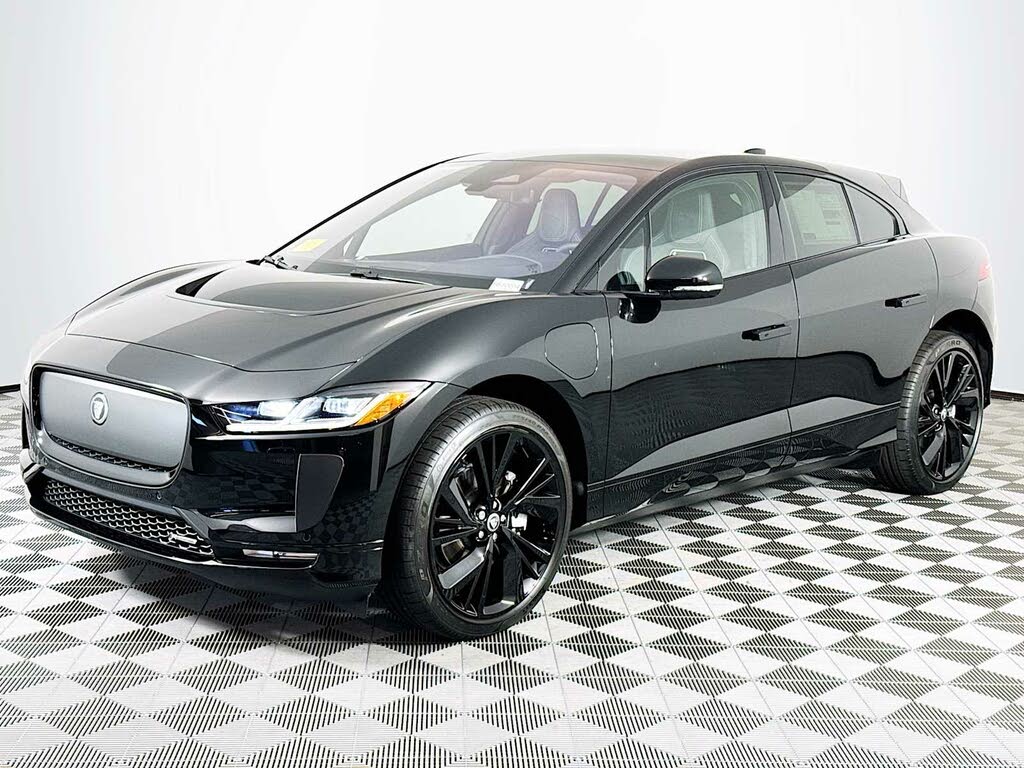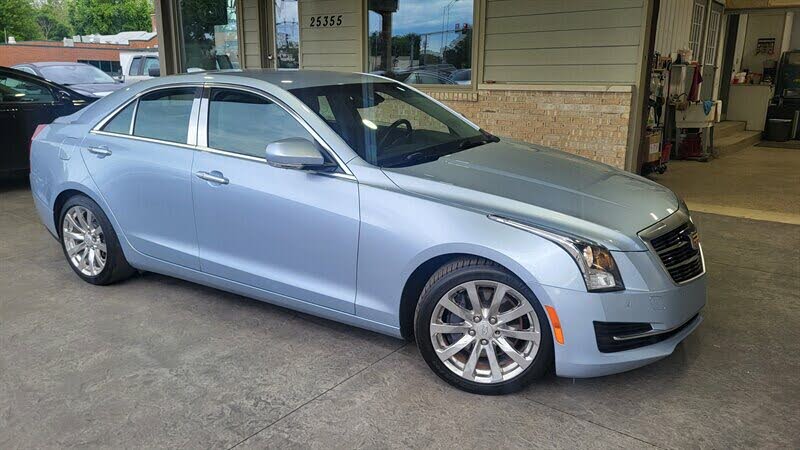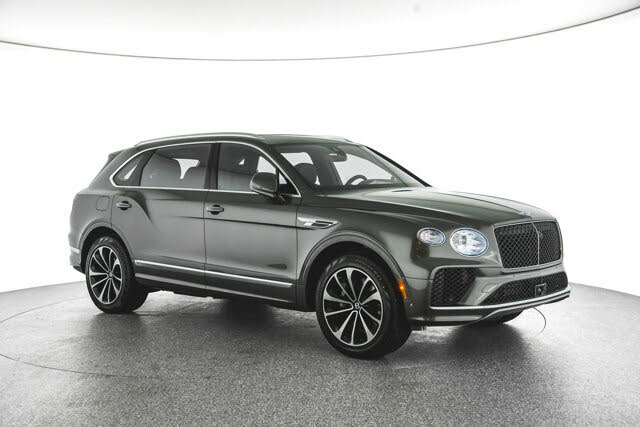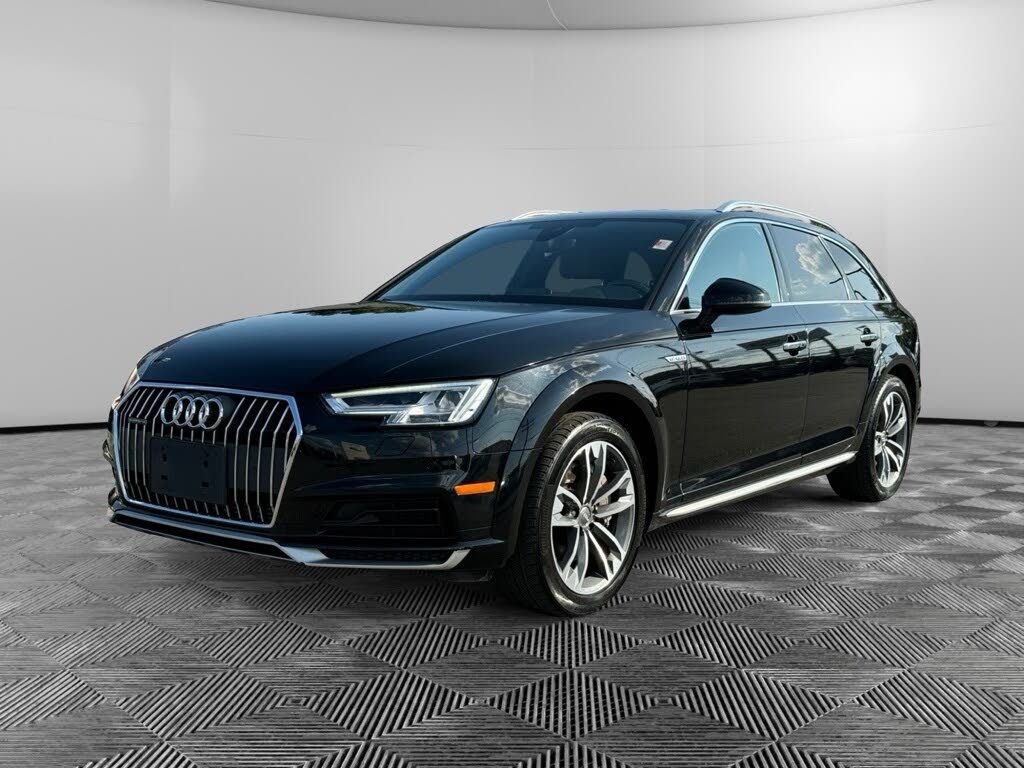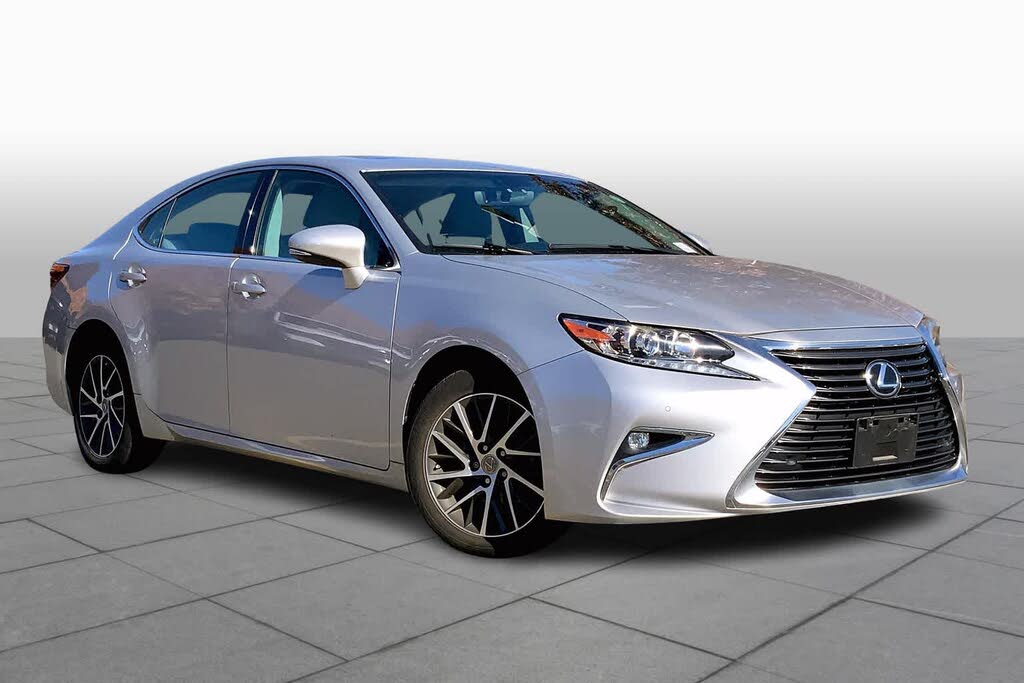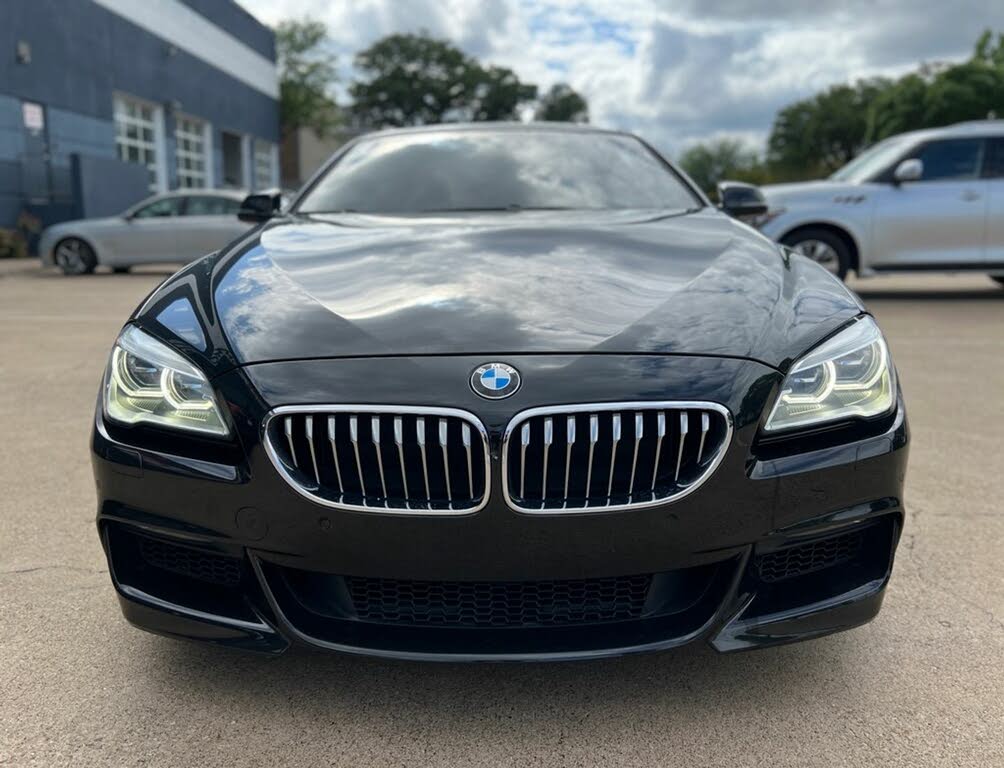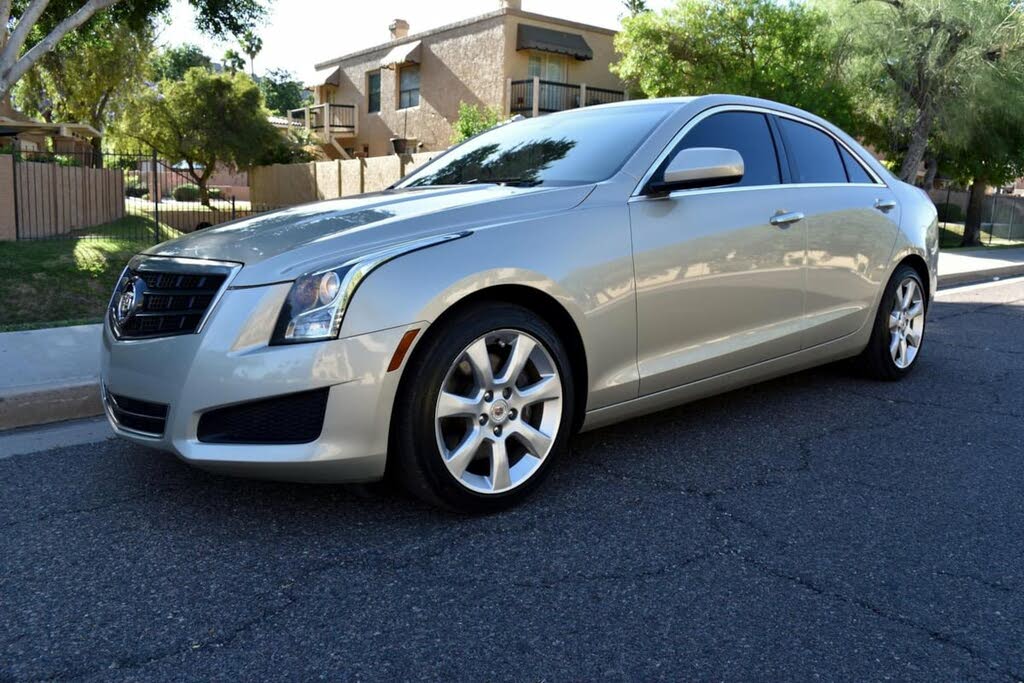In a significant advancement for automotive safety, Honda has unveiled an innovative three-compartment airbag design that promises to revolutionize passenger protection in frontal collisions. This cutting-edge technology represents the most substantial improvement to airbag design in decades, specifically engineered to address the limitations of traditional single-chamber airbags in angled impact scenarios.
Key Innovations:
- Triple-chamber design with raised outer compartments for enhanced head protection
- Sail panel technology that acts like a "catcher's mitt" to decelerate head movement
- Improved angled collision protection that prevents head rotation injuries
- Reduced risk of head slippage compared to conventional airbag designs
The Science Behind Honda's Advanced Airbag System
Traditional airbag systems have relied on a single-compartment design that inflates uniformly to create a protective cushion. While effective in straightforward frontal collisions, this approach shows limitations in more complex crash scenarios, particularly those involving angled impacts or offset collisions where occupants' heads may rotate dangerously or even slide off the airbag surface entirely.
Honda's engineering team at their Raymond, Ohio advanced safety research center developed the new system to address these specific challenges. The three-compartment design features:
- Two raised outer chambers that create protective side barriers
- A central sail panel that stretches between the outer chambers
- Strategic venting that controls the airbag's deflation characteristics
- Reinforced stitching that directs the chambers to wrap around the occupant's head
This configuration works synergistically to first catch the occupant's head, then gently decelerate its movement, and finally cradle it to prevent harmful rotation or rebound effects that can cause whiplash or traumatic brain injuries.
--TOP ADVERTISEMENT HERE--
Why Angled Collisions Demand Special Protection
Modern vehicle safety systems have made tremendous progress in protecting occupants in direct frontal impacts, but angled collisions present unique challenges. According to insurance claim data and crash test research:
- Approximately 35% of frontal collisions involve some degree of angular impact
- Occupant kinematics in these crashes often lead to diagonal head movement
- Traditional airbags may allow the head to slide off or rotate dangerously
- This movement pattern significantly increases risk of neck injuries and concussions
Honda's testing demonstrates that their three-chamber design reduces head injury criteria measurements by up to 45% in angled collision scenarios compared to conventional airbag systems. The sail panel's ability to "catch" the head similar to how a baseball mitt catches a ball provides crucial milliseconds of deceleration that can mean the difference between walking away from an accident and suffering life-changing injuries
Integration with Honda's Comprehensive Safety Strategy
The advanced airbag system represents just one component of Honda's broader commitment to vehicle safety. The manufacturer has pledged to make its Honda Sensing suite of advanced driver-assistance systems standard equipment across nearly all models, with similar commitments for the AcuraWatch system in its luxury vehicles.
This multi-layered approach to safety includes:
- Collision mitigation braking to help prevent accidents
- Road departure mitigation to keep vehicles in their lane
- Adaptive cruise control with low-speed follow
- Lane keeping assist technology
- Traffic sign recognition systems
The new airbag technology complements these active safety features by providing superior protection when collisions do occur, creating what Honda describes as a "360-degree safety net" for vehicle occupants.
--FIRST CONTENT ADVERTISEMENT HERE--
From Crisis to Innovation: Honda's Safety Journey
The development of this advanced airbag system comes after Honda faced significant challenges related to airbag safety. As one of several automakers affected by the Takata airbag inflator recall crisis, Honda has since redoubled its commitment to occupant protection.
The Takata situation, which involved defective inflators that could rupture and send metal shrapnel into the cabin, resulted in:
- The largest automotive recall in history
- Numerous injuries and fatalities worldwide
- Billions in financial losses across the industry
- Strengthened safety regulations globally
Honda's response has included not only developing this innovative airbag technology but also establishing more rigorous quality control measures and creating the Advanced Safety Research Center where this new system was developed. The company has also become more proactive in safety recalls and customer notification processes.
The Future of Occupant Protection
Honda's three-chamber airbag represents a significant leap forward in passive safety technology, but it's likely just the beginning of a new wave of innovations in occupant protection. Industry analysts predict several emerging trends:
- Adaptive airbags that adjust deployment based on occupant size and position
- External airbag systems that deploy outside the vehicle to absorb impact energy
- Integrated safety systems that coordinate airbag deployment with seatbelt pretensioners and active headrests
- Advanced materials that offer better energy absorption with less bulk
As vehicles become increasingly automated, protection systems will need to accommodate different seating positions and postures that may emerge in self-driving cars. Honda's current innovation positions the company at the forefront of this evolving safety landscape.
--SECOND CONTENT ADVERTISEMENT HERE--
What This Means for Car Buyers
For consumers in the market for a new vehicle, Honda's safety innovations present compelling reasons to consider their models. When evaluating safety features, buyers should:
- Look for models equipped with the latest Honda Sensing or AcuraWatch systems
- Ask dealers specifically about the three-chamber airbag availability
- Review IIHS and NHTSA crash test ratings for specific models
- Compare Honda's safety offerings with competitors' systems
- Consider how safety technology affects insurance premiums
While no safety system can prevent all injuries in all accidents, Honda's combination of active and passive safety technologies represents one of the most comprehensive approaches available in mainstream vehicles today.
Conclusion: Raising the Bar for Vehicle Safety
Honda's three-chamber airbag technology marks a significant milestone in automotive safety engineering. By addressing the specific challenges of angled collisions - a common but previously underserved crash scenario - this innovation has the potential to prevent numerous injuries and save lives.
The system's baseball mitt-like approach to catching and cradling occupants' heads demonstrates how biomimicry can inspire effective safety solutions. As this technology filters through Honda's vehicle lineup and potentially influences other manufacturers' designs, we can expect to see measurable improvements in real-world crash outcomes.
For Honda, the development represents both a technological achievement and an important step in rebuilding trust following the Takata recall crisis. For consumers, it offers tangible proof that vehicle safety continues to advance, providing ever-better protection for drivers and passengers alike.




